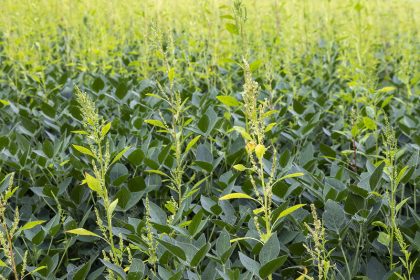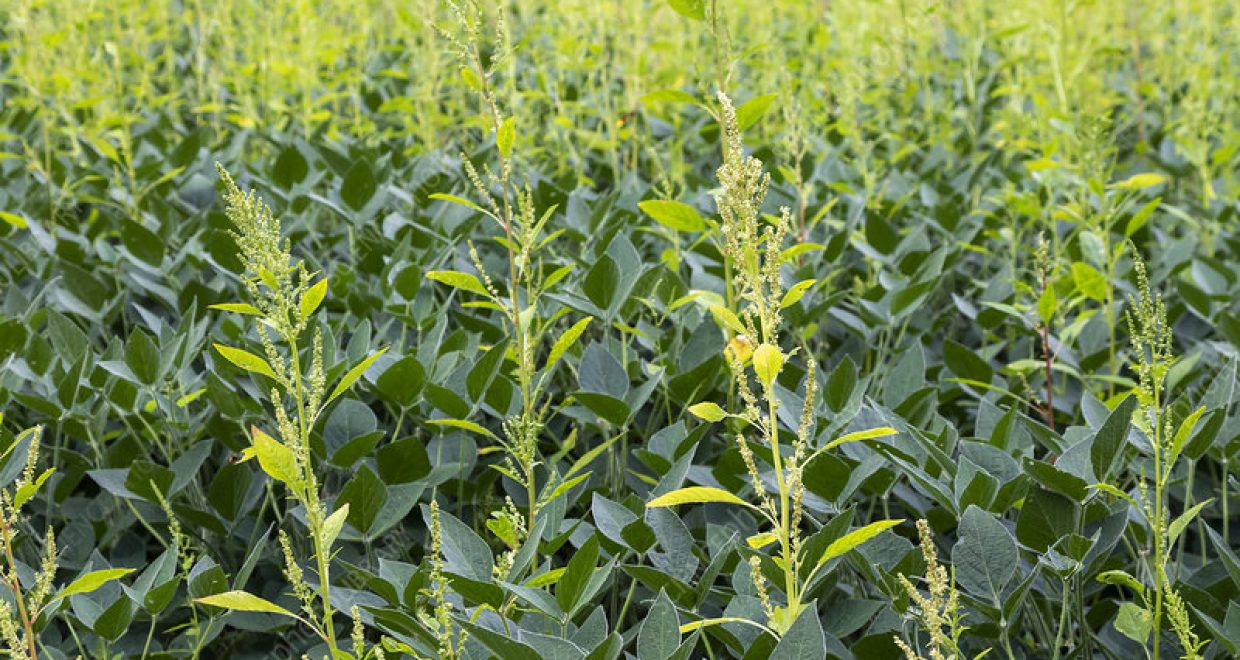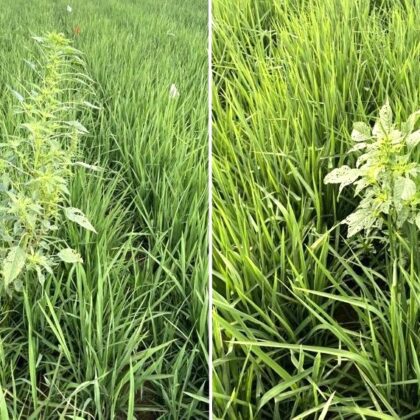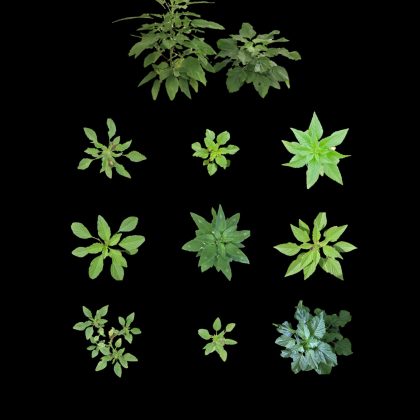Tools for Palmer Amaranth Control Continue to Shrink
Palmer amaranth has a well-earned reputation as one of the most problematic weeds in agriculture. It is known for its many weedy traits and for its propensity to evolve resistance to herbicides of varying sites of action. An article featured in the latest issue of the journal Weed Science shows the number of tools available to control this weedy invader is continuing to shrink.

Researchers have documented four Palmer amaranth populations from Arkansas and two from Mississippi that have evolved resistance to S-metolachlor, a Group 15 herbicide that inhibits absorption of very long-chain fatty acids (VLCFA). Their study showed the level and frequency of resistance generally increased from parent plants to first-generation progeny. Resistant field populations, for example, required 2.2 to 7.0 times more S-metolachlor to reduce seedling emergence by 50 percent than nonresistant populations. Up to 9.2 times more herbicide was needed to achieve the same result when treating progeny of resistant plants.
What are the implications for weed control? For now, researchers say the populations resistant to S-metolachlor remain susceptible to dimethenamid-P and pyroxasulfone, which are also VLCFA inhibitors. Resistant weeds were also controlled by the photosystem II inhibitor atrazine and by the PPO inhibitors flumioxazin and fomesafen.
Want to learn more? The article “Resistance of Palmer amaranth (Amaranthus palmeri) to S-metolachlor in the Mid-southern United States” is freely available for one month.






